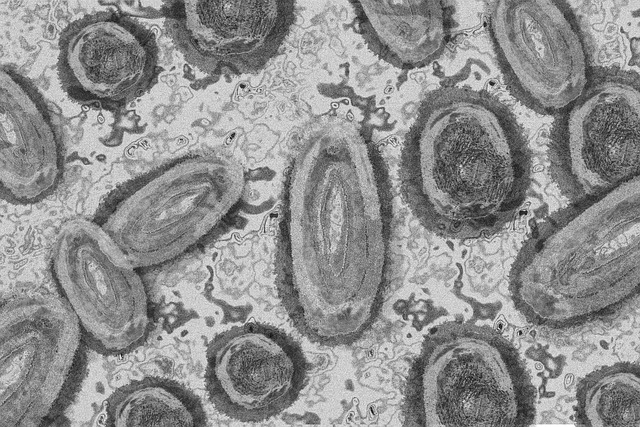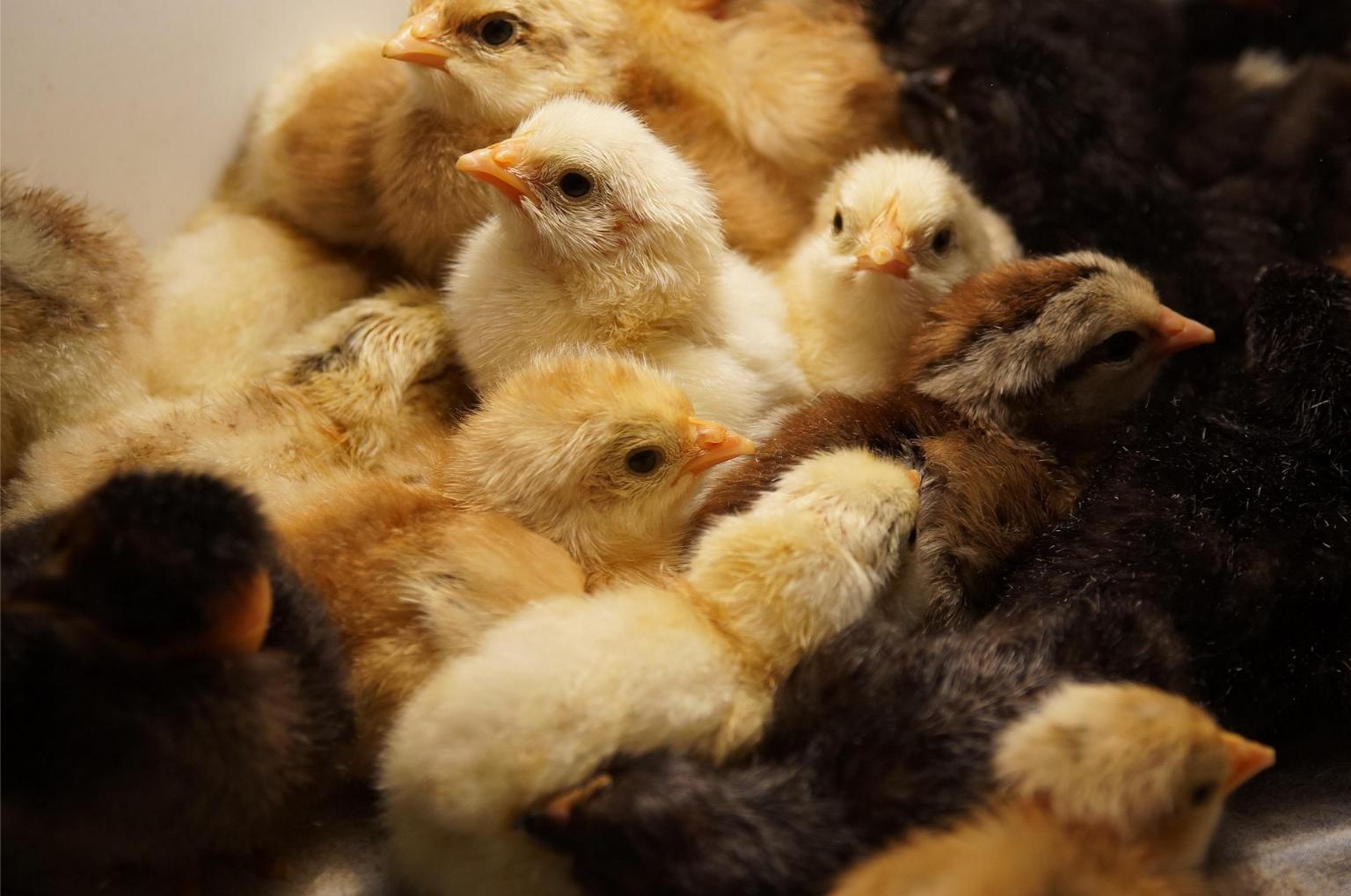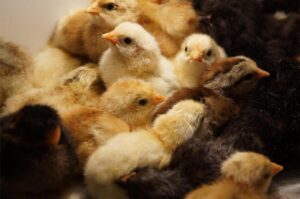Why Vaccination Is Key to Controlling Gumboro Disease in Poultry ?
Gumboro Disease, also known as Infectious Bursal Disease (IBD), poses a significant threat to the poultry industry. This virus primarily affects chickens, leading to severe economic losses for producers worldwide.
As poultry production continues to expand, the need for effective vaccination strategies becomes paramount.
In this article, we will explore why vaccines are essential for controlling Gumboro Disease, the impact of the IBDV virus, and how proper vaccination can safeguard the health of our birds.
The Impact of IBD on Poultry Health
Gumboro Disease manifests through the infection of the bursa of Fabricius in chickens, a critical organ for the immune system. When the virus strikes, it causes immune suppression, making birds more susceptible to other diseases. This crossref of infections can lead to increased mortality rates, poor growth performance, and decreased egg production. The economic implications are staggering; producers face losses due to reduced flock health and the costs associated with managing outbreaks.
Research shows that young chicks are particularly vulnerable to IBD, with symptoms often appearing around three to six weeks of age. Affected birds may exhibit signs such as lethargy, ruffled feathers, and decreased feed intake.
The bursa, responsible for producing B lymphocytes, becomes damaged, impairing the bird’s ability to mount an effective immune response. This disruption not only affects the immediate flock but can have long-term repercussions on future generations.
The poultry industry must prioritize understanding and mitigating the impact of Gumboro Disease. By investing in effective vaccination programs, producers can protect their flocks from the devastating effects of IBD. Resources like PubMed, Google Scholar, and other academic databases provide valuable research on the virus and its effects, helping producers make informed decisions. This proactive approach can contribute to healthier birds, improved productivity, and greater profitability.
How Vaccination Provides Protection Against IBD ?
Vaccination serves as a crucial line of defense against Gumboro Disease. The development of effective vaccines has significantly reduced the incidence of IBD in poultry flocks worldwide. These vaccines work by exposing birds to a harmless form of the virus, triggering an immune response that prepares their bodies to fight off real infections.
The timing and type of vaccination are essential factors in ensuring maximum protection. Vaccines can be administered at various stages of a chicken’s life, often starting as early as one day after hatching. This early intervention helps to build immunity before the birds encounter the virus in their environment. Vaccine options include live attenuated vaccines and inactivated vaccines, each with its advantages and specific applications.
Live vaccines, for instance, stimulate a strong immune response and are often used in the initial stages of vaccination programs. On the other hand, inactivated vaccines may be preferred during later stages or in flocks with a history of severe IBD outbreaks. Understanding the proper usage of these vaccines is vital for achieving optimal protection against Gumboro Disease.
Ultimately, consistent vaccination practices contribute to a more resilient poultry population. By maintaining a robust vaccination schedule, producers can help to ensure that their birds are equipped to fend off infections, thereby reducing mortality rates and maintaining productivity. This commitment to vaccination is not just a best practice; it is an investment in the future of poultry health.
The Role of Biosecurity in Supporting Vaccination Efforts
While vaccination is critical in controlling Gumboro Disease, it must be complemented by stringent biosecurity measures. Effective biosecurity practices create an environment that minimizes disease transmission and supports the overall health of the flock.
Producers should implement protocols such as controlling access to poultry houses, ensuring cleanliness, and monitoring flock health regularly. Limiting visitors and vehicles entering poultry areas can help to reduce the likelihood of introducing the virus. Additionally, maintaining cleanliness through regular sanitation and disinfection of equipment and surfaces plays a crucial role in preventing outbreaks.
Biosecurity goes hand in hand with vaccination. Without proper biosecurity, even the best vaccines may fall short of providing full protection. For instance, if a flock is exposed to high levels of the IBDV virus, the chances of vaccine failure increase. Therefore, producers must adopt a holistic approach that combines vaccination with robust biosecurity measures to safeguard their flocks.
Training staff on biosecurity practices is equally important. Everyone involved in poultry management should understand the risks associated with Gumboro Disease and the steps necessary to mitigate those risks. By fostering a culture of biosecurity awareness, producers can enhance their vaccination efforts and contribute to the overall health of their birds.

Evaluating Vaccine Efficacy and Adjusting Strategies
Monitoring the effectiveness of vaccines against Gumboro Disease is crucial for ensuring ongoing protection for poultry flocks. Regular evaluations can help identify any potential gaps in immunity and inform necessary adjustments to vaccination strategies.
Producers should consider conducting serological tests to assess the presence of antibodies in their flocks. These tests can provide valuable insights into the efficacy of the vaccination program, indicating whether the birds have developed adequate immunity against the virus. If antibody levels are low, adjustments may be needed, such as altering the vaccination schedule or switching to different vaccine types.
Moreover, staying informed about the latest research on IBD can provide essential guidance for improving vaccination strategies. Utilizing platforms allows producers to access recent studies that shed light on emerging strains of the virus and recommendations for effective vaccines. Understanding the genetic diversity of IBDV can inform decisions about which vaccines to use, ensuring that flocks are protected against prevalent strains in their regions.
In conclusion, evaluating vaccine efficacy is not a one-time task but an ongoing process. By regularly monitoring antibody levels and staying current with research, producers can adapt their vaccination strategies to ensure robust protection against Gumboro Disease.
As the poultry industry continues to evolve, the management of Gumboro Disease will remain a critical challenge. Vaccination stands at the forefront of preventive measures, but it must be coupled with biosecurity practices and regular assessments of vaccine efficacy. Together, these strategies form a robust defense against the IBD virus, ensuring healthier flocks and sustainable production.
The commitment to proper vaccination and biosecurity practices can yield significant benefits for producers. By prioritizing the health of their birds, they not only protect their investments but also contribute to the resilience of the poultry industry as a whole. As we move forward, ongoing research and adaptation will be key to navigating the complexities of Gumboro Disease, ensuring that poultry remains a reliable source of food worldwide.















Post Comment